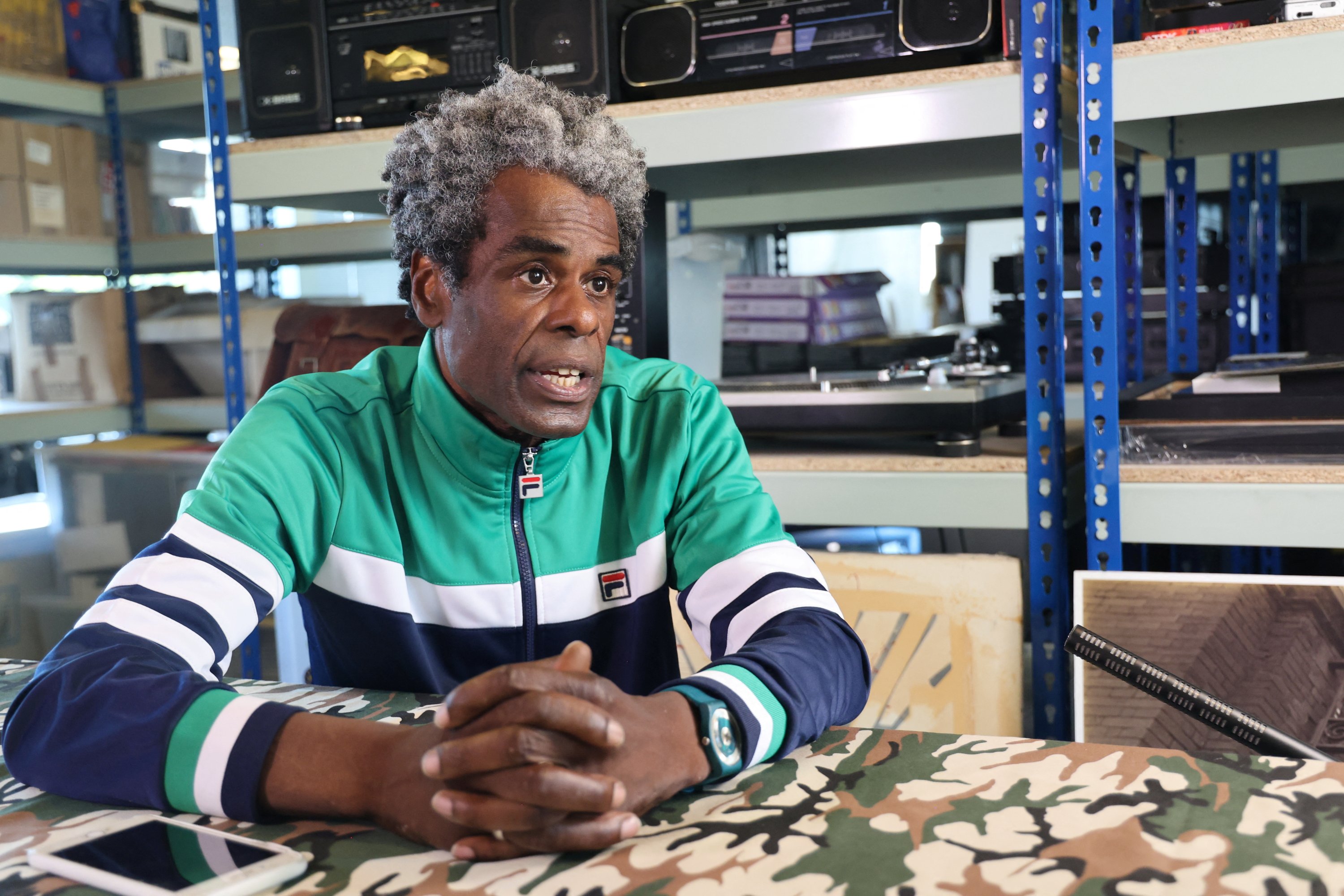© Turkuvaz Haberleşme ve Yayıncılık 2024
Normski, a renowned British photographer and television presenter, is known for his captivating photographs of the burgeoning hip-hop culture in the U.K. during the 1980s and 1990s. His portfolio includes images of hip-hop artists, dancers, and events, offering a visual chronicle of the evolving British hip-hop scene.
Born in 1966 in northwest London into a Jamaican family, Normski is seven years older than hip hop, which dates from a party in New York's Bronx on Aug. 11, 1973.
He says it is impossible to sum up the music's power in a few words, but it established his identity and has done the same for billions of people across the world.

"To me, hip hop is a voice for those who never had a voice. It’s a way for the rest of the world to find out about those people who are not getting a fair ride in life," he said.
Together with its dancing, rapping, and deejaying, hip hop has moved from the margins to become part of mainstream global culture and is now, says Normski: "The biggest global genre, I believe, that we've ever had in our lifetimes."
To coincide with the anniversary year, Normski's book of photographs and anecdotes "Normski: Man with the Golden Shutter" will be published in collaboration with Britain's Museum of Youth Culture on Sept. 18.

He described himself as "a little innocent Black guy with a camera" whose approach was to be as spontaneous as hip-hop music often is.
"Having the camera ready, grabbing the shot anyway, and then thinking about stuff afterward. That’s kind of how I’ve always worked," he said.
Among those he captured were New York-based rappers Public Enemy, whose 1988 album "It Takes a Nation of Millions to Hold Us Back" is considered one of the genre’s most influential.
Normski, who photographed Public Enemy on stage in Manchester, northern England, in 1990, described the group, known for delivering a strong political message, as anarchic.
"They came out with a message to fight power," he said.
